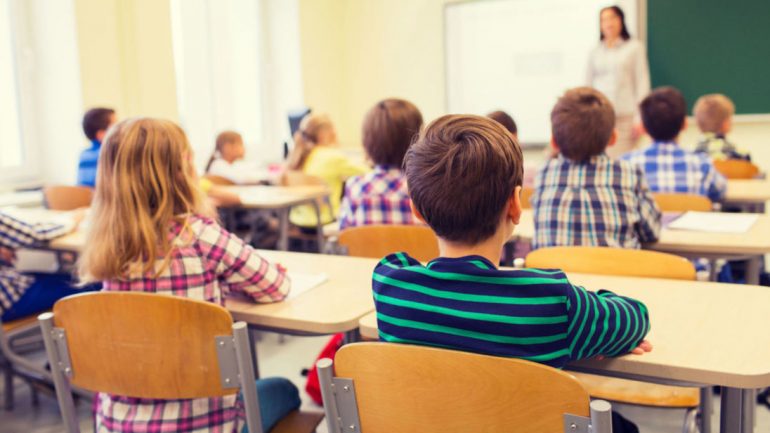National education systems are becoming more inclusive and efficient, however, the educational level of students depends to a large extent on their socio-economic background, according to the report on education and training in the EU, published today by the Commission.
In particular, the Commission points out in this year's report that as Member States make progress towards most of the EU's key objectives for education reform and modernization, more efforts are needed to achieve equality in education.
Regarding Cyprus, the report states the following:
- The share of low performance in basic skills among 15 year olds is relatively high. Cyprus ranks last in the EU in science and mathematics. The gender gap in reading is highest in the EU.
- Participation in higher education is one of the highest in the EU, but the employment levels of tertiary graduates are below average, while the share of those working in non-postgraduate positions is the highest in the EU.
- Despite improved employment levels among vocational education and training graduates (73,3% in 2016 compared to 62,1% in 2013), measures to improve the attractiveness of vocational education and training should bear fruit or turn to very low levels of participation.
- The modernization of school education has progressed in the areas of continuing professional development and the appointment of teachers, but it is lagging behind in the evaluation of the school and teachers.
- Early school leaving and low student performance are addressed through special support measures in schools.
In Cyprus in 2013 9,1% of students dropped out of school early and this percentage decreased to 7,7% in 2016. The percentages in the EU were 11,9% and 10,7% respectively.
For the EU as a whole, the report states that participation in higher education rose from 47,8% in 2013 to 53,4% in 2016 (average EU 37,1% and 39,1% ).
32,8% of students failed in reading in 2013 and this percentage increased to 35,6% in 2016. 42,6% had low performance in mathematics in 2013 and the percentage increased to 42,6% in 2016. Respectively, 38% had low performance in science (physics - chemistry) in 2013 and in 2016 this percentage reached 42,1%. (rates in the EU are 19,7% 22,2% and 20,6 respectively).
Finally, only 6,9% of adults participate in lifelong learning in 2016 (from 7,2% in 2013 and the EU average reaching 10,8%).
According to the report, people with only basic education are almost three times more likely to live in poverty or social exclusion than those with higher education, while in 2016 only 44% of 18-24 year olds who had finished school were employed. at the lower secondary level.
In the general population aged 15 to 64, the unemployment rate is also much higher for those with only basic education than for those with higher education (16,6% vs. 5,1%). At the same time, the socioeconomic status of students determines their performance: 33,8% of students from the most disadvantaged socioeconomic backgrounds had low achievement, compared to only 7,6% of their most privileged peers.
The Commission says one of the EU's targets for 2020 is to reduce the percentage of 15% of 15-year-olds who do not demonstrate basic knowledge, mathematics and science. However, on the whole, the EU is essentially moving away from this goal, especially in science, where the number of low-performing people increased from 16% in 2012 to 20,6% in 2015.
Source: KYPE
